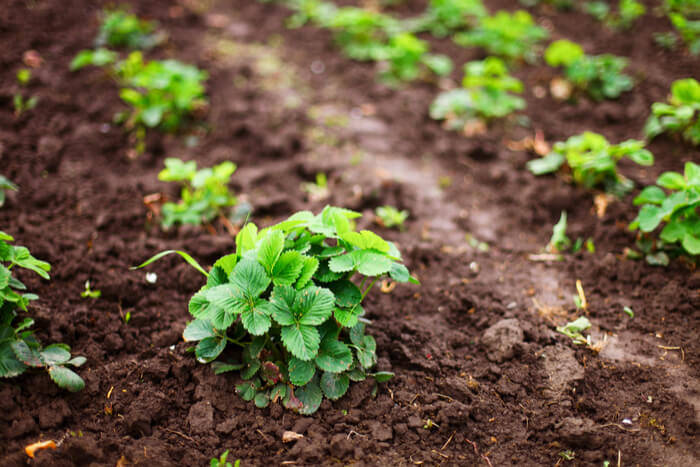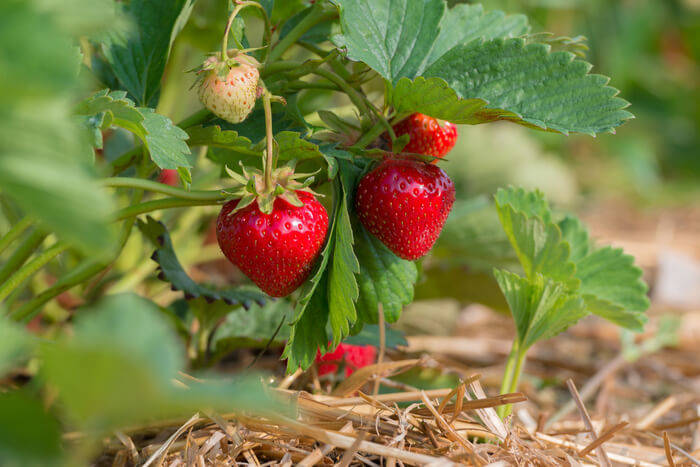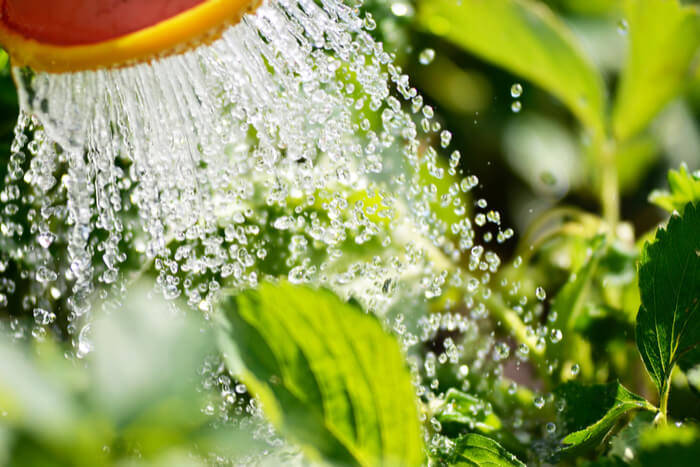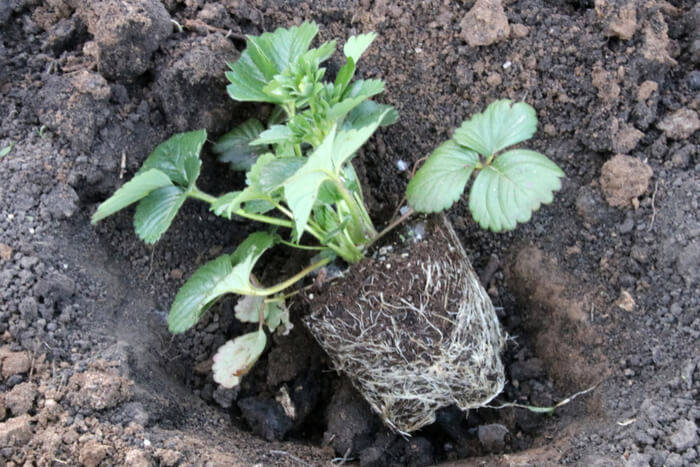
Strawberries serve many purposes. Some people look at them as a source of food while others regard them as beautiful additions in the outdoors. Whatever your reason for planting strawberries, it is evident that these plants have quite the mark on people. The great thing is that once strawberries start producing berries, they do so for five years and counting. That means you have about half a decade of red berries headed your way if you get this right.
First things first, it is not common for people to grow strawberries from seeds. Most of the reasoning behind this is that it takes quite a lot of time and the chances of producing healthy plants in this way are quite limited. The best thing to do would be to use a runner or a plant from a nursery. In this way, it should only take a few months before you get your first harvest.

What do you need to do?
Plant Selection
As stated earlier, growing strawberries from seeds can be quite cumbersome, and for this reason, people prefer using runners or small plants. You can get hold of the latter from a store or a nursery. When going for a plant, choose one that is in a pot and ensure that it has grown under the right conditions. For runners, choose a nursery with high-quality plants.
The good thing about using young plants is that they have developed a sense of resistance to elements and they thus have a high chance of survival. It also takes a short time for them to establish and if all goes well, you can end up getting a harvest the same year that you plant them. In most cases, however, the first harvest takes a year for it to be ready. Given the benefits of these plants, they tend to be a bit pricey, but that should not be a problem once you consider the advantages ahead.
As for runners, they are seedlings sourced from established strawberry plants. They are easy to come across and are available at reasonable prices. The downside to using them is that they tend to take longer to establish as well as produce a harvest. However, if you are not in a hurry, this should not hinder your success.
As you choose strawberry varieties, you have to consider the number of times that you wish to harvest the berries. Take an example of the June-bearing plant. People who want to enjoy one big harvest each year choose this option which results in lots of berries. The only downside to this variety is that you only get fruits once a year and this option is thus suitable for people who want to preserve their harvest. If you want this option, you should talk to someone at the nursery as they will help guide you as to what sub-variety of this strawberry does best in your region.

If you want to have two harvests each year, you should opt for an ever-bearing plant. Though the size of the produce is much smaller than that of a June-bearing plant, you get to enjoy two harvests in Autumn and Spring. This variety also has other sub-types, and you should make a decision based on the climatic conditions in your area.
For small harvests that you can enjoy throughout the year, you should choose a day-neutral plant. In this way, you will enjoy fresh strawberries all through the months as long as you can maintain the temperature between two and twenty-nine degrees Celsius. You should note though that produce from this variety is quite limited.
Planting Time
Site Selection
When choosing the location to plant the strawberries, there are some factors that you must consider. First, the site has to have access to direct sunlight for at least six hours a day. If you can get more exposure, this will work for the good of your plants. Also, ensure that the soil can absorb water with ease to avoid problems brought about by water retention.
There is an easy way to check the drainage abilities of the site. Start by making a 12*12-inch hole on the site and fill it with water. The next day, check how much of the water is still in the hole before filling it with water again. If the soil drains the water at about one to three inches per hour, it is suitable for the growth of strawberries. Any slower than this can lead to rotting of the roots and any faster than this can lead to fast drying out; which works against the plant.

Note the plants that are growing around the site to check if they can harm the strawberries. If there are any peppers, tomatoes, potatoes or eggplants near the site, look for another location. Also, if you have grown any of the above crops on the land near the site in the last four years, you should avoid planting strawberries on that location. Fungus present in these other crops can quickly spread to your berries, thus affecting their growth.
pH matters a great deal when it comes to the growth of strawberries, and you should aim to maintain it at between 5.5 and 6.5. You can quickly gauge the present range using a test kit, or you can get an extension officer to help you out.
When it comes to how to plant strawberries, timing is essential. Ensure that you plant the berries towards the last frost which occurs somewhere between late March and early April. You should ensure that you do not plant the berries until you are sure that there is no more frost headed your way.
Also, check to see if the ground is hard before planting the berries. Ideally, the earth should be soft and dry.
Planting
Start by digging a hole that is at least four inches deep, ensuring that there is adequate space for the roots. Place the plant in the hole and cover the roots with dirt, making sure that you avoid covering the stem in the process. If you are planting more than one strawberry, ensure that the plants are at least half a meter from each other. In this way, the strawberries will be free to spread without fighting over nutrients and water.

You could also opt to grow strawberries under controlled conditions in a wooden shed as this also has impressive results.
Care
Ensure that you give the plants at least one inch of water a week. While watering the plants, be sure to avoid the leaves and the fruits as this can encourage the growth of fungus. Once you notice the first flowers, remove them to give the plant ample time to develop fully before the harvest. Other care practices include weeding and mulching as well as the application of fungicides.
It may seem like quite a hassle, but the results will be well worth it in the end.
More about wooden shed kits here. Good luck!




